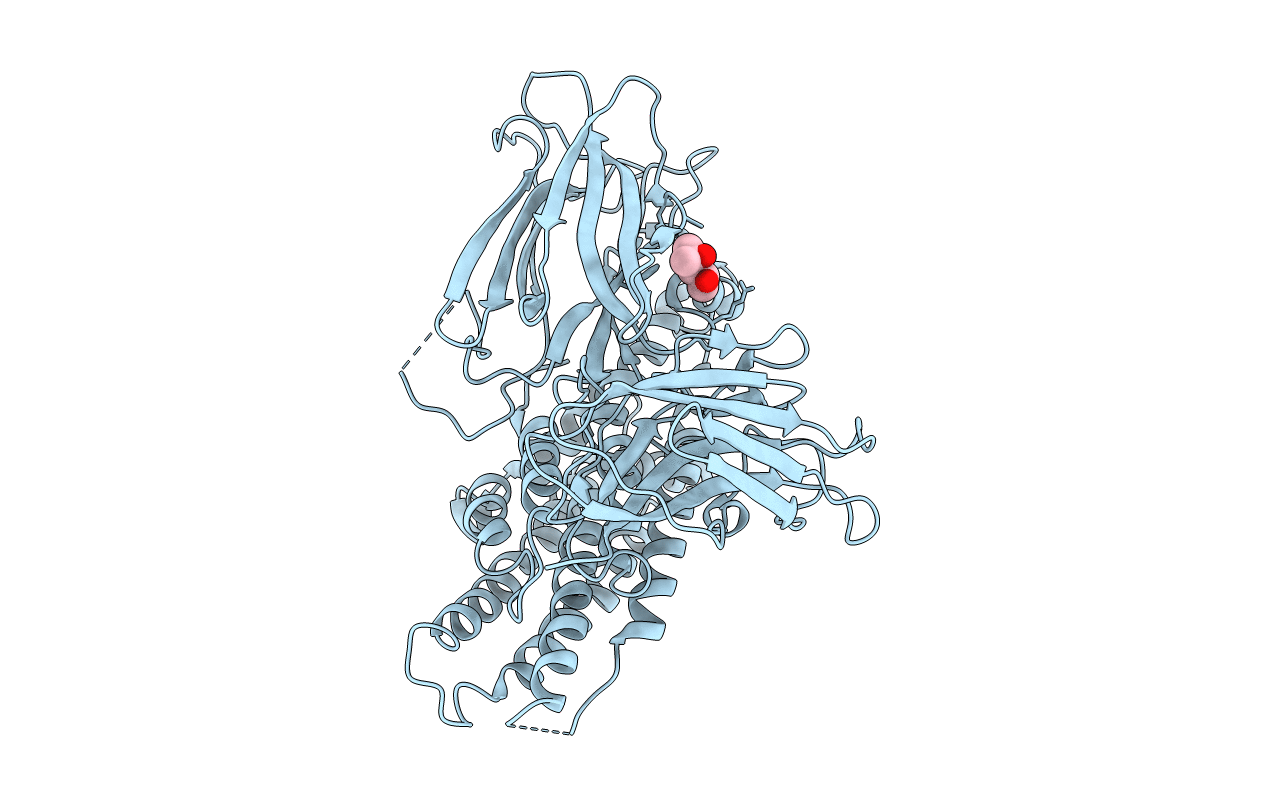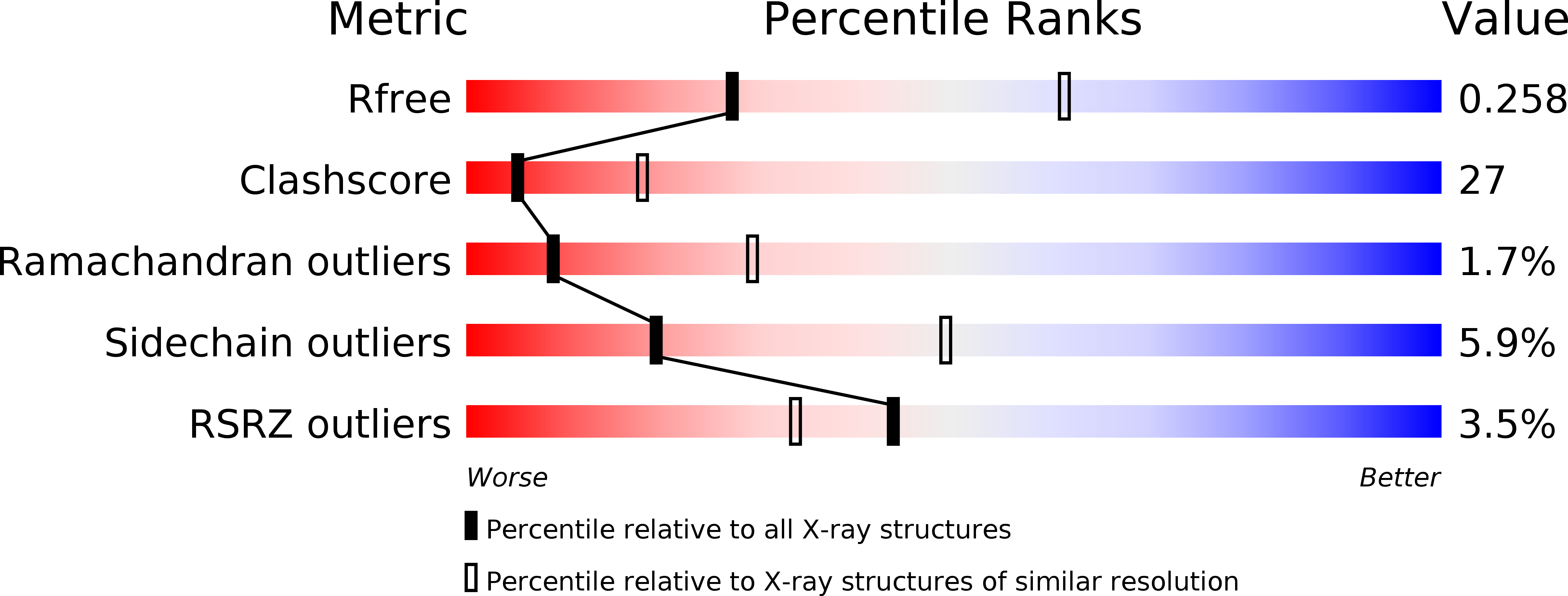
Deposition Date
2005-12-13
Release Date
2006-04-25
Last Version Date
2024-11-06
Entry Detail
PDB ID:
2C9K
Keywords:
Title:
Structure of the functional form of the mosquito-larvicidal Cry4Aa toxin from Bacillus thuringiensis at 2.8 A resolution
Biological Source:
Source Organism:
BACILLUS THURINGIENSIS (Taxon ID: 1428)
Host Organism:
Method Details:
Experimental Method:
Resolution:
2.80 Å
R-Value Free:
0.25
R-Value Work:
0.20
R-Value Observed:
0.20
Space Group:
C 2 2 21


